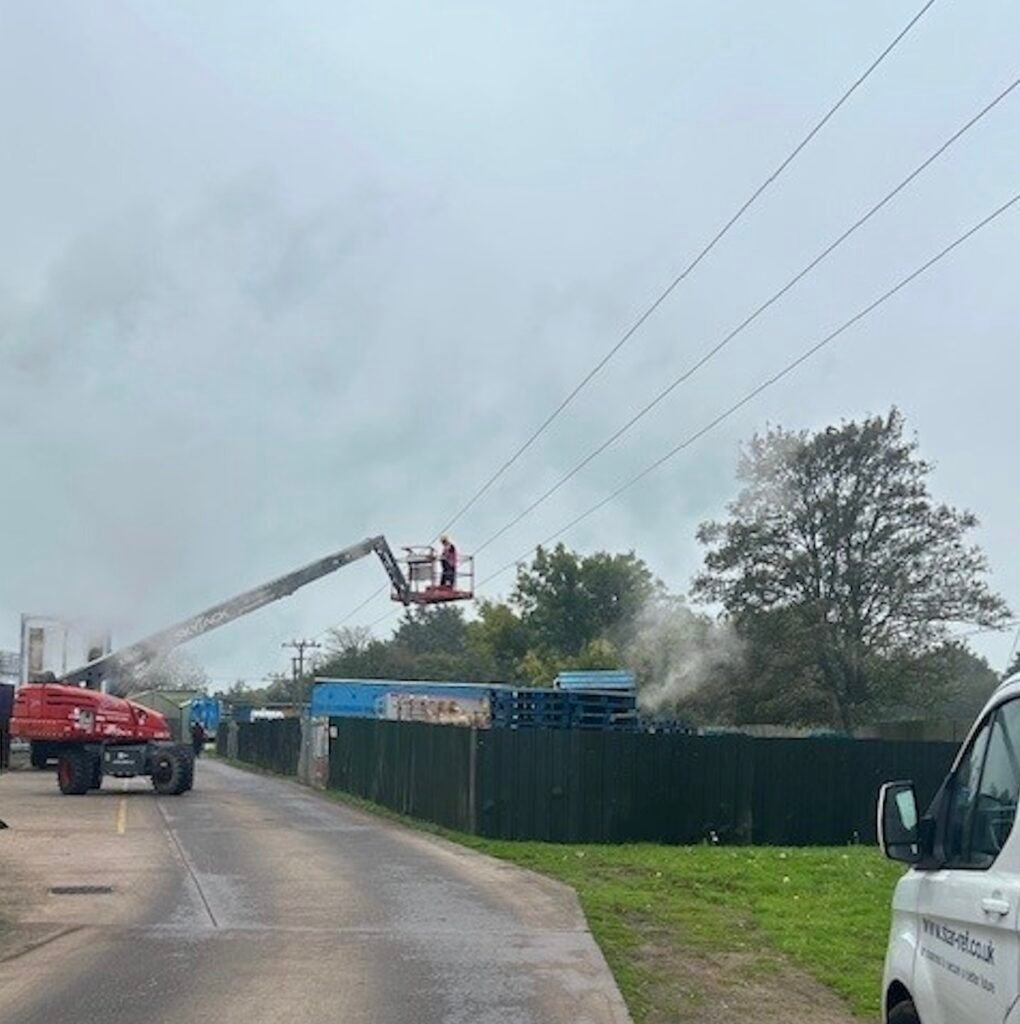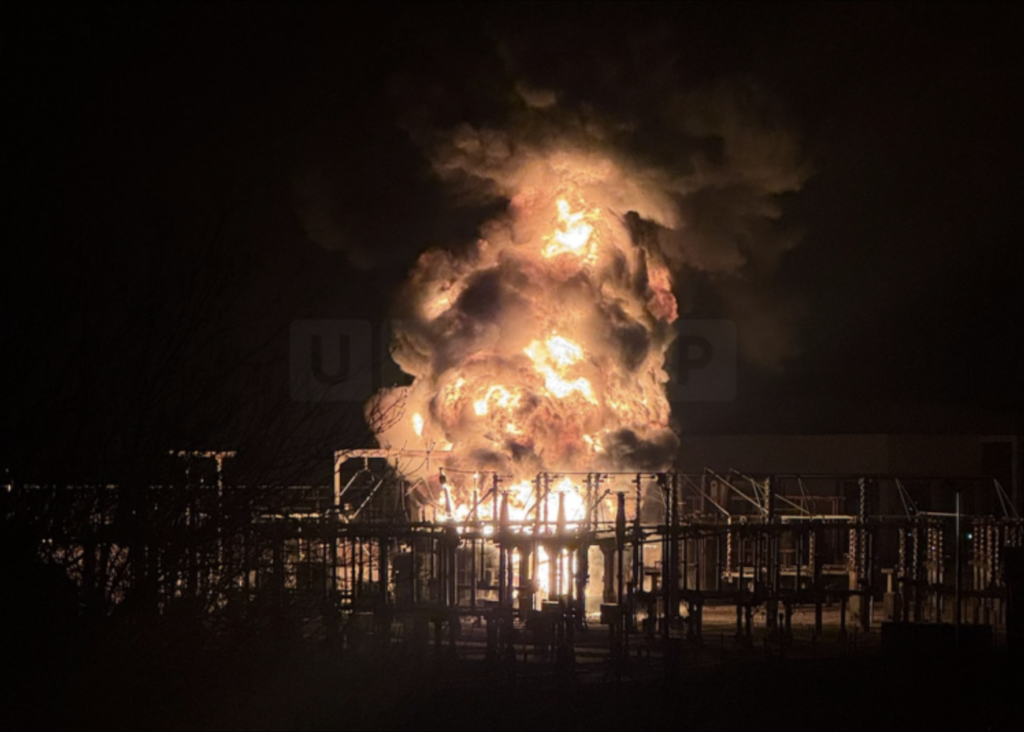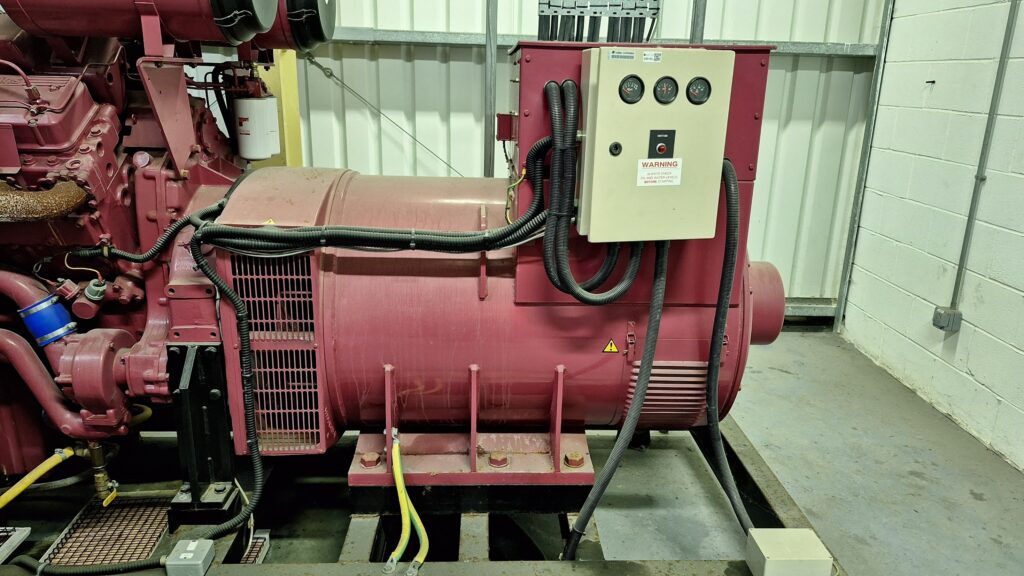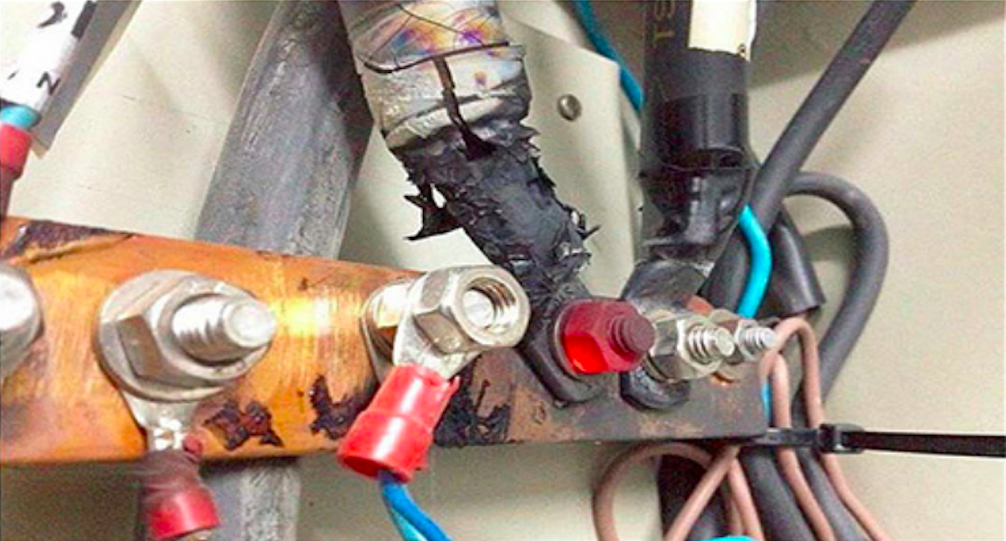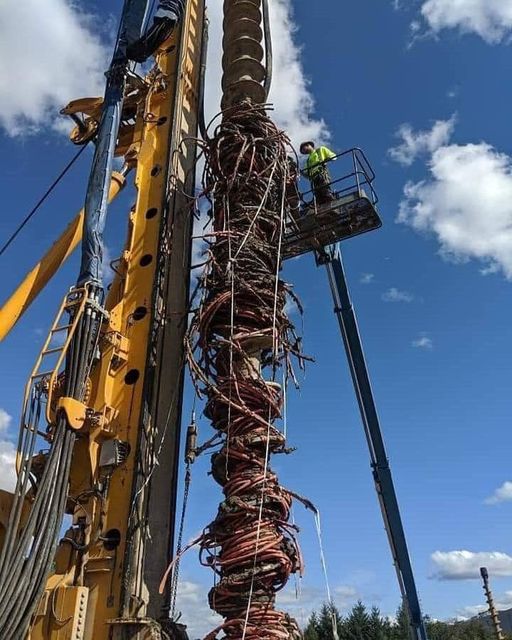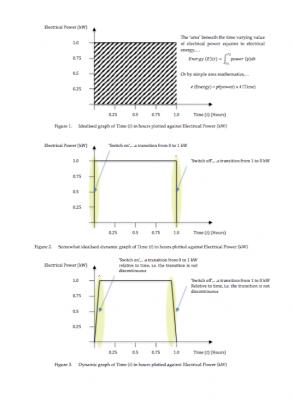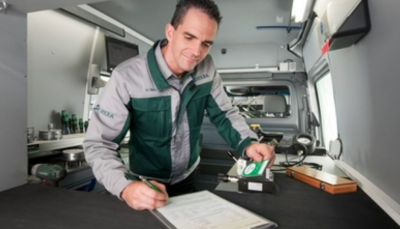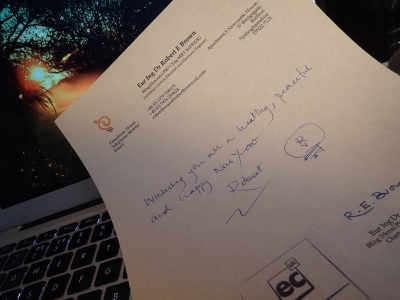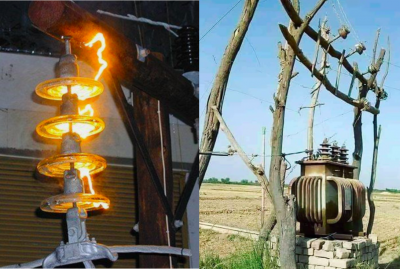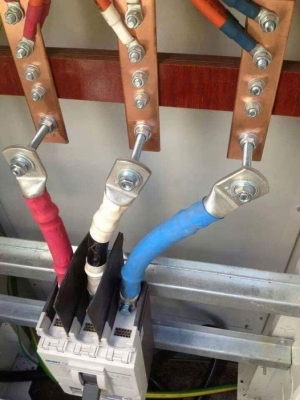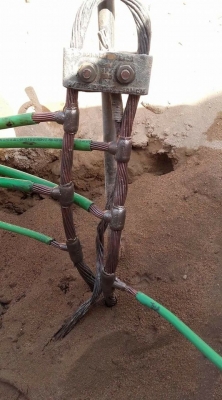Renewable Energy Initiatives
Eur Ing Dr Robert Brown (Robert) is a Consultant Engineer in the fields Electrical Electronic and Control Engineering.
In his everyday work Robert is witnessing the rise in cases from many of the renewable energy initiatives foremost in the energy generation market and those initiatives being introduced to supplement the drive to replace fossil fuels as the major energy source.
Here following is an introduction to the many facets if ‘Renewable Energy’, by way of a brief history, and those renewable energy technologies present in the modern era.
Preamble
From the mid-1990s renewable energy began to contribute to the electricity generated in the United Kingdom, building on a small hydroelectric generating capacity. This has now been surpassed by wind power, for which the UK has large potential resources.
Interest has increased in recent years due to new UK and EU targets for reductions in carbon emissions and commercial incentives for renewable electricity such as the Renewable Obligation Certificate scheme (ROCs) and Feed in tariffs (FITs), as well as for renewable heat such as the
Renewable Heat Incentive
Of electricity generated in 2018, gas accounted for 39.4 per cent whilst coal accounted for only 5.0 per cent. Renewables share of electricity generation increased to 33.3 per cent in 2018 – a record high – with 111 TWh electricity generated from renewable sources, as a result of increased capacity. Nuclear generation’s share declined slightly on 2017, due to reactor outages and required maintenance. Renewable electricity capacity was 44.4 GW at the end of 2018, a 9.7 per cent increase (3.9 GW) on a year earlier.
History
Heat from wood fires goes back to the earliest human habitation of Britain. Waterwheel technology was imported by the Romans. Windmills first appeared in Europe during the Middle Ages. In 1878 the world’s first hydroelectric power scheme was developed at Cragside in Northumberland, England by William George Armstrong. However, almost all electricity generation thereafter was based on burning coal.
Modern Era
Renewable energy experienced a turning point in the 1970s, with the 1973 oil crisis, the 1972 miners’ strike, growing environmentalism, and wind energy development in the United States exerting pressure on the UK government.
Wave power was seen to be the future of the nation’s energy policy, and solar, wind, and tidal schemes were dismissed as ‘impractical’. By 1978, four wave energy generator prototypes had been designed which were later deemed too expensive. The Wave Energy Programme closed in the same year. During this period, there was a large increase in installations of solar thermal collectors to heat water. In 1986, Southampton began pumping heat from a geothermal borehole through a district heating network.
In 1987 a 3.7MW demonstration wind turbine on Orkney began supplying electricity to homes, the largest in Britain at the time. This was followed by the UK’s first offshore windfarm in North Hoyle, Wales
In June 2017, renewables plus nuclear generated more UK power than gas and coal together for the first time. Britain has the fourth greenest power generation in Europe and the seventh worldwide. In 2017 new offshore wind power became cheaper than new nuclear power for the first time.
Renewable Energy Technologies
Currently there are eight (8) principal ttechnologies which form the UK drive for take-up of renewable energy.
Wind Energy
Wind power delivers a growing percentage of the electricity of the United Kingdom and by the end of April 2019, it consisted of 9,702 wind turbines with a total installed capacity of over 20.8 gigawatts: 12,904 megawatts of onshore capacity and 7,895 megawatts of offshore capacity. The United Kingdom is ranked as the world’s sixth largest producer of wind power, having overtaken France and Italy in 2012.[33]
Ocean Energy
Due to the island location of the UK, the country has great potential for generating electricity from wave power and tidal power. To date, wave and tidal power have received very little money for development and consequently have not yet been exploited on a significant commercial basis due to doubts over their economic viability in the UK. Currently, South Korea and France have the highest capacity of tidal and wave power in the world with holding about 256 and 240 megawatts of installed capacity, respectively. In the United States, the Department of Energy has a Water Power Program to develop marine energy and technologies.
Energy from Bio Fuels
Gas from sewage and landfill (biogas) has already been exploited in some areas. In 2004 it provided 129.3 GWh (up 690% from 1990 levels), and was the UK’s leading renewable energy source, representing 39.4% of all renewable energy produced (including hydro).[ Other biofuels can provide a close-to-carbon-neutral energy source, if locally grown. In South America and Asia, the production of biofuels for export has in some cases resulted in significant ecological damage, including the clearing of rainforest. The UK has a total biofuel production capacity of over 1,500 million litres per year.
Solar Energy
Recently there were 230,000 solar power projects in the United Kingdom, with a total installed generating capacity of 750 megawatts (MW). Solar power use has increased very rapidly in recent years, albeit from a small base, as a result of reductions in the cost of photovoltaic (PV) panels, and the introduction of a Feed-in tariff (FIT) subsidy in April 2010. Provisionally, as of the end of January 2019 there was a total of 13,123 MW installed UK solar capacity across 979,983 installations.
Hydroelectric Energy
The United Kingdom has been a pioneer in hydropower development, using water for electricity generation since 1879 when the first 4.5 KW hydroelectric generator was put into operation to provide electricity for a single incandescent lamp. Today the UK has a total hydropower installed capacity of over 4,600 MW, including 2,744 MW of pumped storage. These power stations are net consumers of electrical energy however they contribute to balancing the grid, which can facilitate renewable generation elsewhere, for example by ‘soaking up’ surplus renewable output at off-peak times and release the energy when it is required.
Geothermal Energy
Investigations into the exploitation of Geothermal power in the United Kingdom, prompted by the 1973 oil crisis, were abandoned as fuel prices fell. Only one scheme is operational, in Southampton. In 2009 planning permission was granted for a geothermal scheme near Eastgate, County Durham, but funding was withdrawn, Currently there has been no further progress.
Microgeneration Energy Schemes
Microgeneration technologies are seen as having considerable potential by the Government. However, the microgeneration strategy launched in March 2006 was seen as a disappointment by many commentators. Microgeneration involves the local production of electricity by homes and businesses from low-energy sources including small scale wind turbines, and solar electricity installations.
Community Energy Systems
Sustainable community energy systems, pioneered by Woking Borough Council, provide an integrated approach to using cogeneration, renewables and other technologies to provide sustainable energy supplies to an urban community. It is expected that the same approach will be developed in other towns and cities, including London. Highlands and Islands Community Energy Company based in Inverness are active in developing community-owned and led initiatives in Scotland.
Summary
Renewable energy uses energy sources that are continually replenished by nature, the sun, the wind, water, the earth’s heat, and plants.
Renewable energy technologies turn these fuels into usable forms of energy, most often electricity, but also heat, chemicals, or mechanical power. However to do so and when in operation, such technologies are accountable to significant investment, yet given the nature of the technologies to capture ‘green energy’, i.e. man-made, then naturally the technologies are susceptible to failure. Quite logically in such circumstances the investment requires protection, hence the role of the insurance policy and in the case of a loss of investment, the loss assessor.
Author: Eur Ing Dr Robert E Brown BEng Phd CEng MIET IntPE (UK),
For further information please contact Robert via;
Email,…robert.brown@frasergeorge.com or robertbrown@robertbrown.uk.com
Tel Land: +44 (0)1777 709175
Tel Mobile: +44 (0) 7976250624




